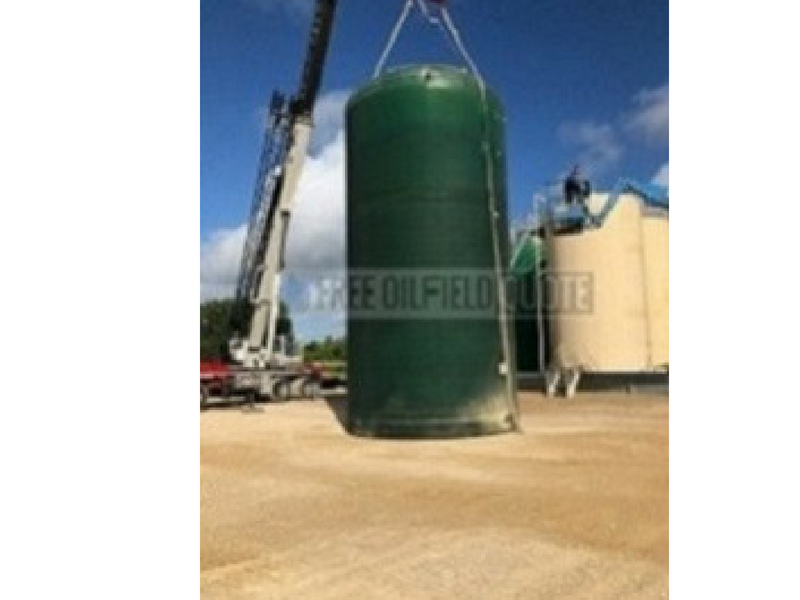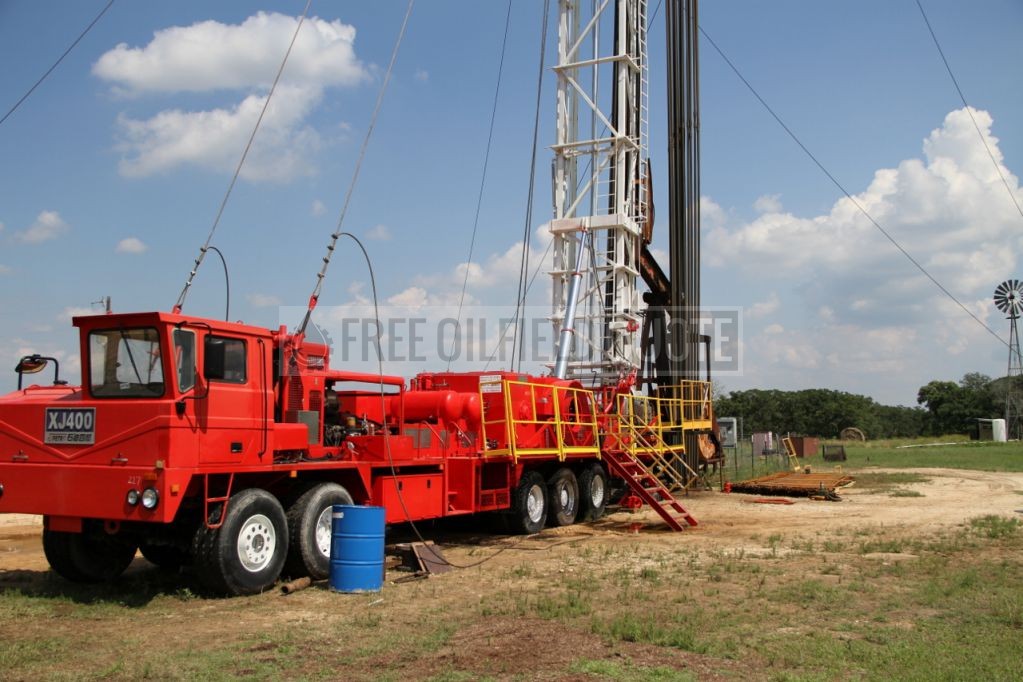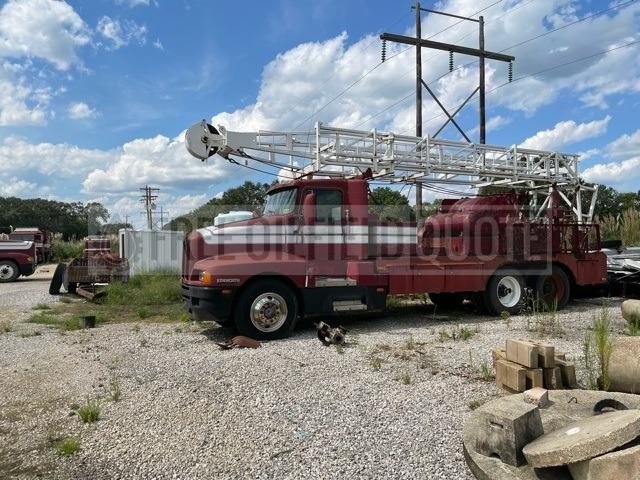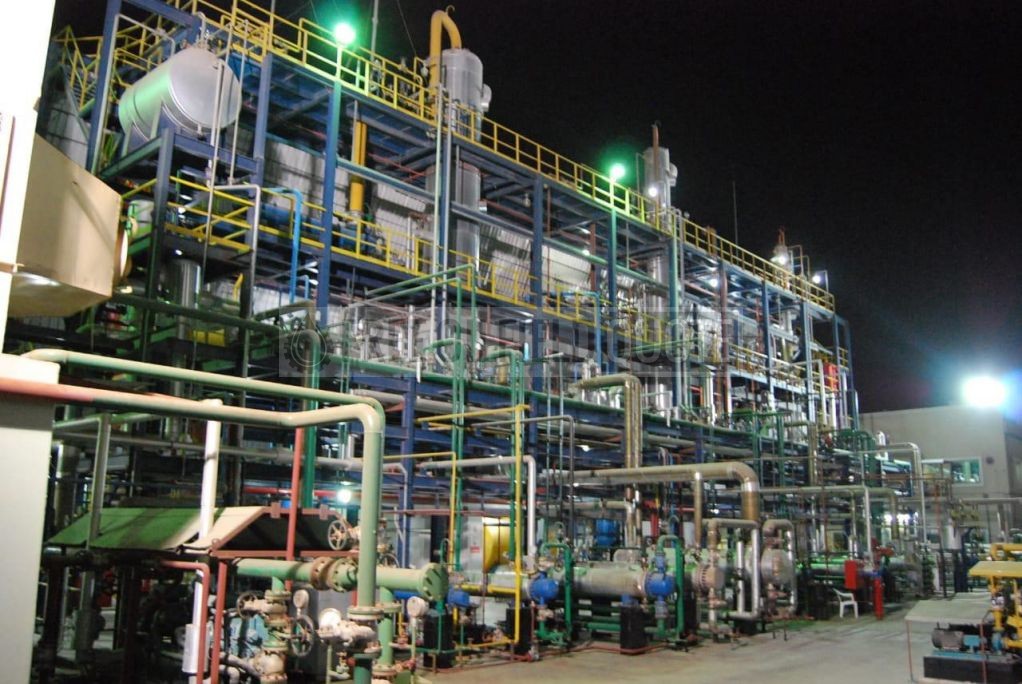| Name | SGT-400 Industrial Gas Turbine with Power Generation |
| Code | 93774516 |
| Type | Standard |
| Brand | Siemens |
| Category | Engines/Generators/Motors/Transmissions |
| subcategory | Turbine |
| Price | $3,353,400.00 |
| Unit | Each (Each) |
| In Stock | Yes |
| Location | China |
| Type | Used |
| Available Quantity | 1 |
| Short Description | SGT-400 Industrial Gas Turbine with Power Generation For Sale |
SGT-400 Industrial Gas Turbine with Power Generation
Manufacturer: Siemens
Model: SGT-400
Year of Manufacture: 2013
Type: Used
Location: China
SGT-400 Industrial Gas Turbine with Power Generation Details
- Unit configuration: SGT-400 with Power Generation
- Unit serial number: MW311
- Fuel type: Biogas, single fuel
- Operating hours: approximately 11,000 hours
Situation introduction:
- A visual inspection was conducted on the SGT-400 gas turbine system, and a borehole inspection was conducted on the gas turbine and power turbine. The borehole inspection was based on the operation instruction manual: NA0573_AS2021_TIS
- Because the unit is in idle state, the control system does not have the conditions to power on, and the oil system of the unit does not have the conditions to put it into operation.
- The control system integrity check of the unit was not carried out, and the unit was not cranked.
Main contents of borehole:
- Inlet volute
- Inlet adjustable guide vane
- Compressor stage 0 moving and stationary vanes, SA-SA
- Compressor 1st stage moving and stationary vanes, SB-SB
- Compressor 2-stage moving and stationary vanes, SC-SC
- Compressor 3-stage moving and stationary vanes, SD-SD
- Compressor 4-stage moving and stationary vanes, SE-SE
- Fire mouth, SF-SF
- Combustion chamber, SF-SF
- Combustion chamber transition section, SF-SF
- High pressure turbine guide first stage vane leading edge, SF-SF
- High pressure turbine guide primary stator blade trailing edge, SG-SG
- Pressure surface and suction surface of the first-stage stator vane of the high-pressure turbine guide, SG-SG
- High pressure turbine guide first stage vane outer and inner platform (platform), SG-SG
- High-pressure turbine first-stage moving blade leading edge, SG-SG
- High pressure turbine first stage moving blade trailing edge, SH-SH
- High-pressure turbine first-stage bucket thermal protection ring, SH-SH
- High pressure turbine guide blade secondary stator leading edge, SH-SH
- Pressure surface and suction surface of secondary stator vane of high-pressure turbine guide blade, SH-SH
- High-pressure turbine guide blade secondary stator blade inner and outer platforms (platform), SH-SH
- High pressure turbine guide blade secondary stator blade trailing edge, SJ-SJ
- High-pressure turbine secondary moving blade leading edge, SJ-SJ
- High pressure turbine secondary moving blade trailing edge, SK-SK
- Pressure surface and suction surface of the second stage moving blade of the high-pressure turbine, SK-SK
- High pressure turbine secondary moving blade thermal protection ring, SK-SK
- Power turbine guide first stage vane, SL-SL
- Power turbine first stage moving blade, SL-SL
- Power turbine secondary vane, SM-SM
- Power turbine secondary moving blade, SN-SN
- There is no corrosion on the appearance of the gas engine and power turbine.
- There is no leakage or leakage in the gas turbine and power turbine.
- The gas turbine interstage bleed valve is intact, with no rust or signs of air leakage.
- The BOV anti-surge valves of both gas turbines are intact and have a relatively new appearance.
- The GVG actuator of the gas turbine is intact, with no rust, rocker arm curling, etc. The VGV actuator is an electro-hydraulic actuator.
The appearance of the institution is complete.
- The gas turbine and power turbine are intact as a whole, and no parts or accessories are damaged or missing.
- There is a little salt stain on the bottom of the air inlet volute. Since the unit has not been running recently, the salt stain is carried and precipitated by the humid and salty air.
Precipitation is formed during the period.
- The dirt on the surface of the imported adjustable guide vanes is heavy and salt stains are formed. The dirt should be caused by routine maintenance during the operation of the unit.
- Caused by not being in place, for example, the air intake filter element is not replaced in time or the unit is not washed in time, or two reasons
- There is a small amount of visible dirt on the surface of the level 0 , level 1, level 2, level 3, and level 4 compressor blades. The cause of the formation of this dirt should be related to the reasons for the formation of dirt on the surface of imported adjustable guide vanes are consistent
- The first , second , third and fourth stage stator blades are overall clean.
- The compressor rotor is clean, with no signs of scaling or rust.
- There is a small amount of dirt on the inside of the outer casing of the compressor. The dirt should be caused by rainy weather. High-humidity air carries a small amount of rainwater into the fuel.
The deposits after the machine is combined with the dirt on the compressor blades (chimney draft effect).
- There are no dents, tears, curling, etc. caused by the impact of foreign matter on the compressor blades.
- There are no scratches on the inner wall of the compressor outer casing caused by the impact of foreign objects.
- The compressor exhaust guide vanes are complete.
- The six flame tubes and burners are complete. There are no cracks in the flame tube, peeling off of the thermal barrier coating, no high-temperature oxidation, and no surface.
There is carbon deposit on the surface, and there is no sulfide formation on the inner surface of the flame barrel.
- There are no cracks in the high-temperature parts of the six burners (the coating color is white, see the picture), and the fuel outlet holes are not blocked or damaged.
Or carbon deposits.
- No dirt was found in the six burner cyclones, indicating that the fuel treatment system functioned normally during the unit's operation.
- 6 igniters complete.
- The transition sections of the 6 flame tubes are complete.
- There is slight high-temperature corrosion on the inner and outer platforms of the high-pressure turbine first-stage guide blades. This phenomenon occurs after the unit has been running for 10,000 hours.
- It will be a common phenomenon in the future, but it will not affect the functional integrity of the unit during normal operation during its remaining life.
- The air inlet side of the first-level guide blade corresponding to the middle position of the air outlet section of the six flame tubes is larger than the other first-level guide blades.
- High-temperature corrosion is slightly more serious, but it will not cause additional life reduction when the unit continues to operate in the later period.
- No cooling holes are blocked or there is accumulation on the first-stage stator blade of the high-pressure turbine.
- No sulfate deposits were found on the surface of the first-stage stator blades of the high-pressure turbine.
- No abnormalities such as defects in the first-stage stator blades of the high-pressure turbine and impacts from foreign objects were found.
- There are no obvious abnormalities such as high-temperature oxidation, defects, deletions, or foreign body impacts on the first-stage moving blades of the high-pressure turbine.
- The outer thermal sheath of the first-stage moving blade of the high-pressure turbine is intact, and no abnormalities such as high-temperature oxidation and insulation layer peeling are found.
- The secondary moving blades of the high-pressure turbine are intact, with no missing, damaged, high-temperature oxidation or other abnormalities.
- The secondary stator blades of the high-pressure turbine have slight high-temperature corrosion, but no cracks or other abnormalities are found.
- No abnormal deposits were found in the connecting channel between the high-pressure turbine and the power turbine.
- The 16 thermocouples of the power turbine are complete.
- The first and second stage stator blades of the power turbine are complete, and the first and second stage moving blades of the power turbine are complete (the power turbine is a long-life component,
- The operating environment temperature is low and the rotation speed is low, so the service life generally exceeds 100,000 hours).
Suggestion:
- Before the unit is put into operation again, open the upper casing of the compressor and clean the compressor blades and the inside of the casing (man-hours required)
- Before the gas turbine oil system is put into operation again, do not crank the gas turbine to avoid damaging the No. 1 and No. 2 bearings of the gas turbine.
- During the shutdown of the gas turbine, it is recommended that the control system be powered on to ensure the integrity of the electronic equipment and prevent it from being affected by external factors such as moisture.
- Electronic components may be damaged.
- Comprehensive assessment of the overall status of the gas turbine: good
**IMPORTANT BUYERS
NOTICE**
All items are Sold
AS-IS WITH NO WARRANTY expressed or
implied. Items offered for sale may be damaged, inoperable and/or missing
parts. We
STRONGLY RECOMMEND a careful review of each photo
and video and
PERSONALLY INSPECT the item(s) before making a
decision to purchase. Free Oilfield Quote
IS NOT responsible
for
ANY missing or damaged equipment, part, item or accessory
and shall not be held liable for any damage prior to or during the removal
and/or delivery of the equipment. Any and all agreements contrary to the above
disclaimer must be in writing and agreed upon up front and prior to any
transaction.




